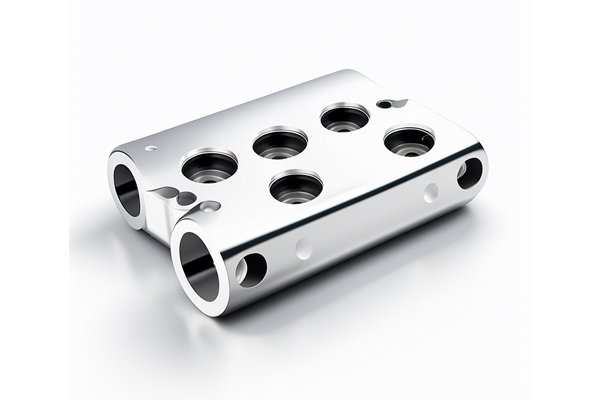—
How Can You Control the Cutting Force in CNC Turning Prototypes for Optimal Results?
Opening:
Did you know that the cutting force in CNC turning operations can significantly affect the quality and precision of the final prototype? According to a study by the Society of Manufacturing Engineers, improper control of cutting forces can lead to dimensional inaccuracies and surface defects, resulting in costly reworks and delays. So, how can manufacturers ensure that they maintain an optimal cutting force during their CNC turning processes?
Content:

Ending:
In conclusion, mastering the control of cutting force in CNC turning prototypes is a crucial aspect of achieving high-quality outputs and maintaining operational efficiency. By understanding the various influencing factors, leveraging advanced technologies, and continuously monitoring performance, manufacturers can optimize their machining processes.
The topic of cutting force management is not only vital for improving product quality but also for enhancing sustainability within the industry. As manufacturing is continuously evolving, keeping abreast of these developments in CNC machining is paramount for any forward-thinking company looking to remain competitive.
By investing time and resources into understanding and controlling cutting forces, businesses can ensure they produce prototypes that meet the highest standards, ultimately positioning them for success in an increasingly rigorous market.
—
Next Steps:
To expand this draft into a full-length blog post anywhere from 7,000 to 18,000 words, you could:
Feel free to build upon this foundation to create the comprehensive blog post you need!






